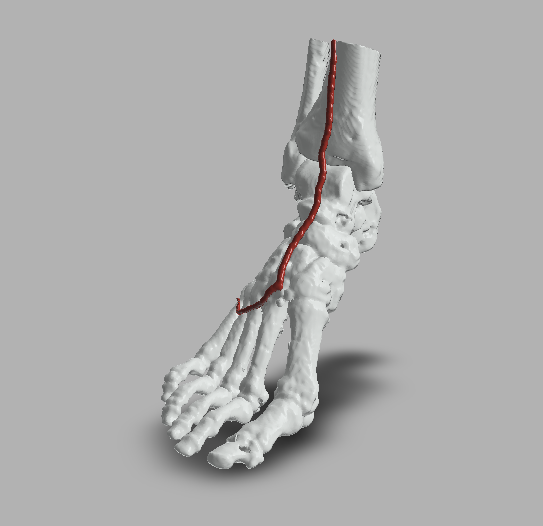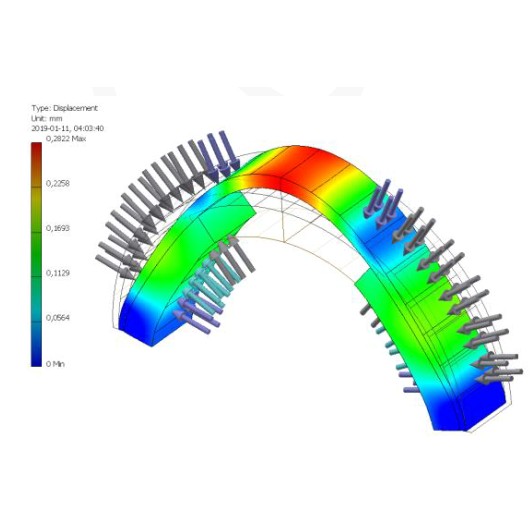
The Problem
Footwear is the interface between the feet and their environment. Human feet have evolved to become mechanical wonders, with 26 bones and more than 30 ligaments providing resilience both for strain over time and extreme strain during short periods. Shoes and footwear have aimed at facilitating resilience without sacrificing function, and they have achieved this through innovations focused on the underside of the foot. The upper side of the foot, the dorsal aspect, is where shoes or boots are tightened. This, however, is also where arteries and nerves are located, and pressure on these structures can lead to cold feet, pain, and reduced control.

The Solution
VPECS (Versatile PErfusion Control System) is a system that takes the anatomy of the dorsal aspect of the middle foot into account. VPECS respects and protects important anatomical structures and reduces nerve and artery pressure as well as increases grip and control.
Latest Articles
VPECS team has new member
We are glad to announce that Paul Pierce has joined our VPECS team. Paul is an experienced entrepreneur and businessman. He will help us with
European patent validated
The European patant was approved last year, and it has now been validated in the key markets for Ski-boots in Europe
Chinese patent approved
The Chinese patent authorities have approved the VPECS patent. This adds protection to a fast-growing markets fro Ski-Boots
European Patent published for VPECS
Today the European patent application for VPECS was published. This is the last step in the final approval of a patent, and gives a good
Interview with The Ski Podcast
The well known podcast namned The Ski Podcast today aired their episode #161 that focuses on ski boots. In this episode the VPECS founder Henrik
Divisional patent application filed
A divisional patent application has been filed based on the original patent application. The divisional application is aimed at protecting VPECS in other types of